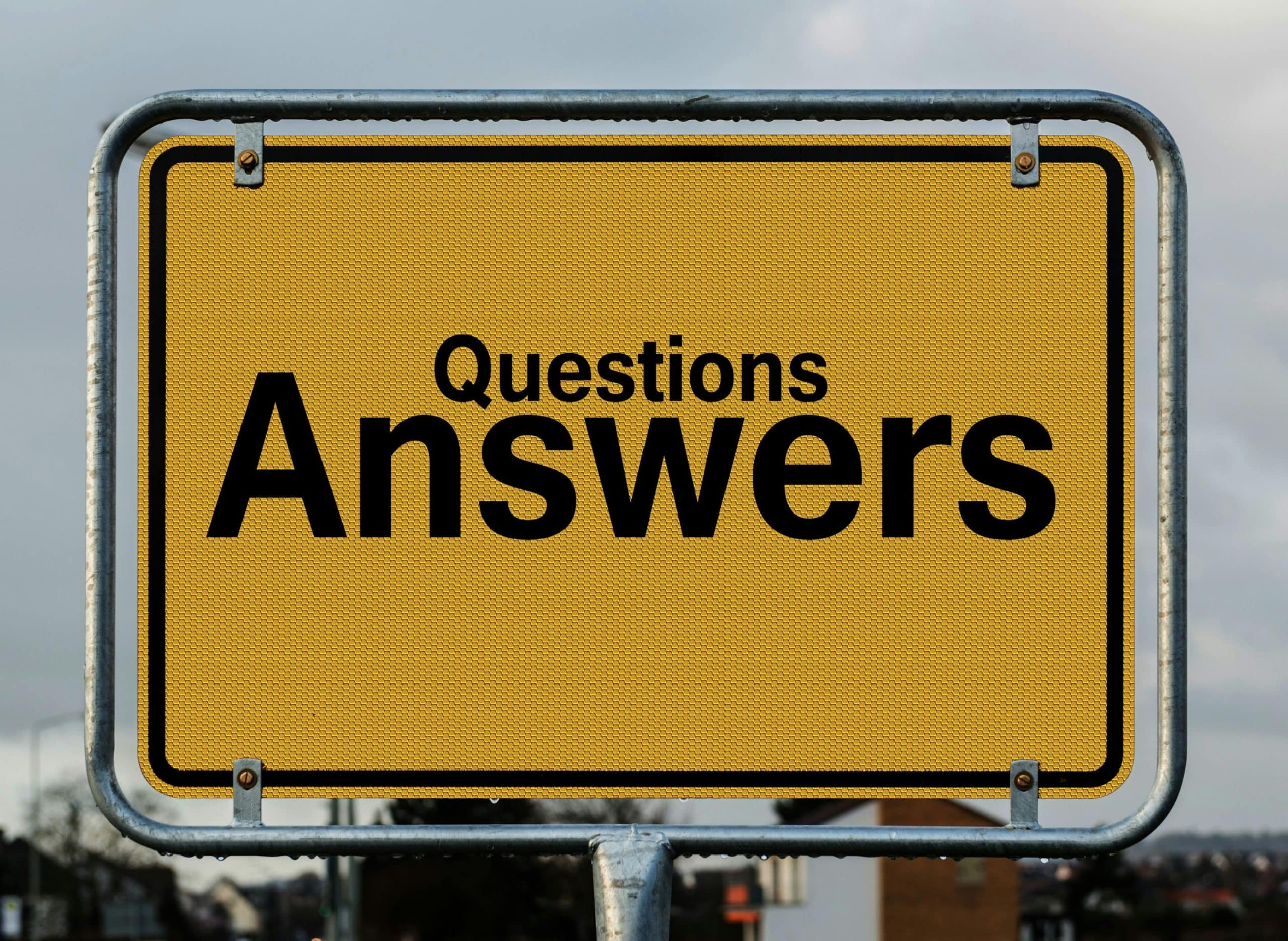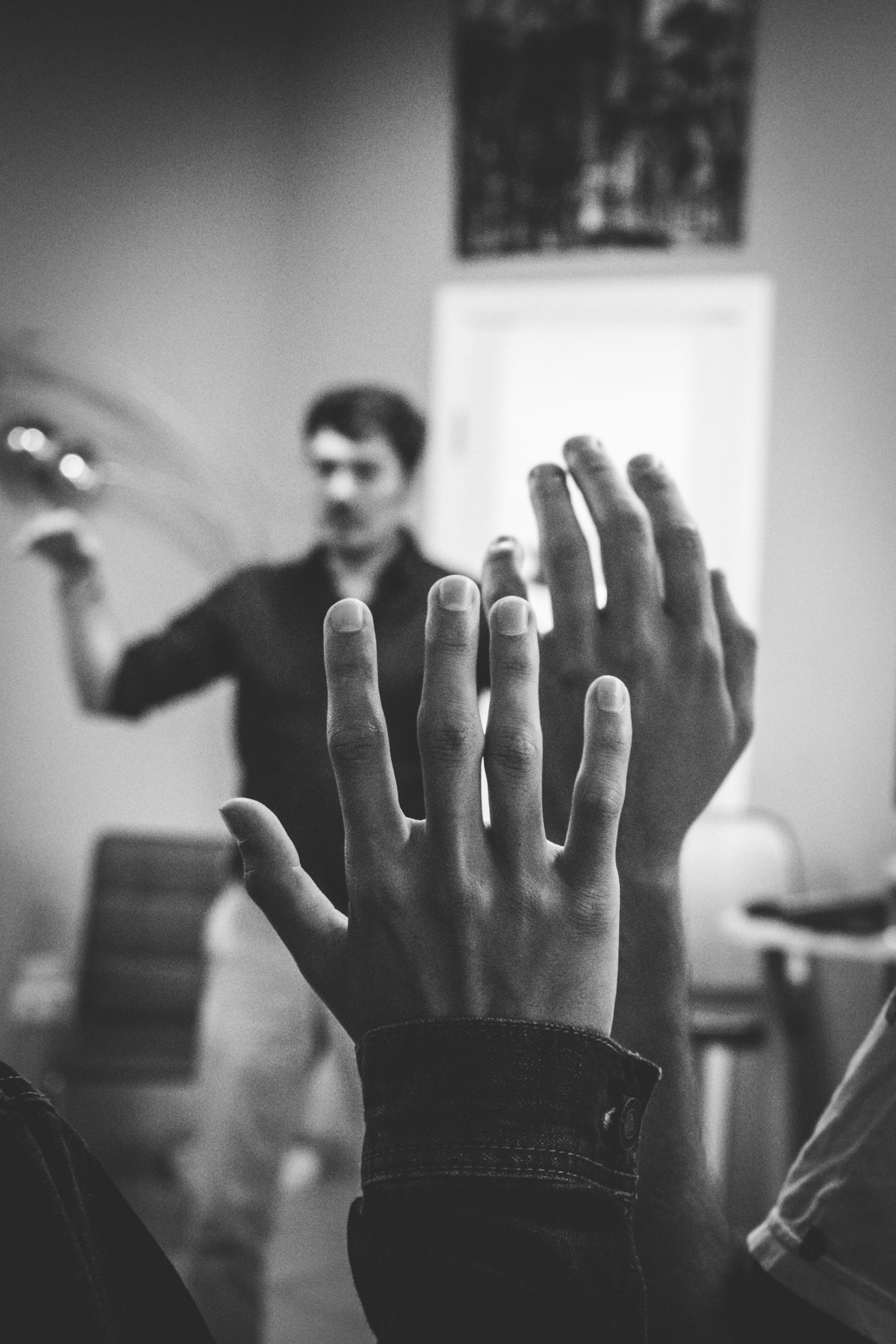
Have you ever felt the weight of someone else’s negligence turn your life upside down? Negligence laws and liability in personal injury cases exist to protect those who suffer harm due to another’s careless actions. When someone’s negligence leads to harm, the injured party may face mounting medical expenses, lost wages, and emotional distress. Personal injury law ensures that victims can seek compensation for these damages through negligence claims. Establishing negligence requires presenting compelling evidence that the defendant’s conduct directly led to the plaintiff’s injuries.
Understanding negligence laws, proving fault, and navigating the claims process are crucial steps in securing fair compensation. If you or a loved one has suffered harm due to someone else’s negligence, keep reading as we break down the key aspects of negligence laws, liability, and their impact on personal injury cases.
Understanding Negligence in Personal Injury Law
Negligence refers to a legal obligation to exercise reasonable care to prevent harm to others. When a defendant’s failure to act as a reasonably prudent person results in another party’s harm, they may be held legally responsible. Most personal injury cases involve proving negligence to recover damages for physical injuries and other losses.
Elements of Negligence
To establish a strong personal injury case, the plaintiff must prove four key elements:
Duty of Care: The defendant owed a legal obligation to the injured person. For example, drivers must obey traffic laws and exercise reasonable care on the road.
Breach of Duty: The defendant’s actions caused a breach of duty, such as reckless driving or ignoring safety regulations.
Causation: The plaintiff must prove that the defendant’s negligence directly caused their injuries and that harm was a reasonably foreseeable consequence of the defendant’s actions.
Damages: The injured party suffered harm, including medical bills, lost wages, and emotional distress.
Forms of Negligence in Personal Injury Cases
Comparative Negligence
Comparative negligence laws determine how damages are allocated when both the plaintiff and the defendant share fault. States follow different rules:
Pure Comparative Negligence: Plaintiffs can recover damages even if they are 99% at fault, but their compensation is reduced by their percentage of fault.
Modified Comparative Negligence: Plaintiffs cannot recover damages if they are more than 50% responsible for their injuries.
Contributory Negligence
In some jurisdictions, if the plaintiff’s fault contributed to the accident, they may be barred from recovering damages. While fewer states follow this rule, it underscores the importance of proving the defendant’s breach as the primary cause of harm.
Gross Negligence
Gross negligence goes beyond ordinary carelessness. It involves extreme recklessness or a complete disregard for the safety of others. Unlike standard negligence, which may result from a simple mistake or lapse in judgment, gross negligence demonstrates a conscious disregard for duty, sometimes bordering on intentional acts.
Examples of Gross Negligence
Drunk Driving Accidents: A driver who operates a vehicle while heavily intoxicated, swerves across lanes, and causes a crash has engaged in gross negligence. They knew—or should have known—that driving under the influence posed a severe danger to others.
Medical Malpractice and Surgical Errors: A surgeon operating on the wrong body part or a doctor prescribing the wrong medication despite clear medical records may be held liable for gross negligence.
Premises Liability Cases: A store owner who knowingly ignores hazardous conditions, such as failing to clean up a spill for hours or neglecting to fix broken stairs despite multiple complaints, creates an unsafe environment for customers and employees.
Nursing Home Abuse: A caretaker who withholds food or medical care from an elderly resident, leading to severe injury or death, demonstrates gross negligence.
Legal Consequences of Gross Negligence
Because gross negligence involves a greater level of recklessness, courts may award punitive damages in addition to compensatory damages for medical costs, lost wages, and emotional distress. Punitive damages serve to punish the negligent party and deter similar conduct in the future.
Negligence Laws by State
California Negligence Laws
California follows pure comparative negligence laws, meaning an injured person can seek compensation regardless of their fault percentage.
Legal Reference: California Civil Code Section 1714
Colorado Negligence Laws
Colorado adopts a modified comparative negligence rule, barring plaintiffs from compensation if they are 50% or more at fault.
Legal Reference: Colorado Revised Statutes 13-21-111
Nevada Negligence Laws
Nevada also follows modified comparative negligence, preventing recovery if the plaintiff’s negligence exceeds 50%.
Legal Reference: Nevada Revised Statutes (NRS) 41.141
Liability in Different Personal Injury Cases
Vehicle Accidents and Traffic Laws
Car accidents are among the most common causes of personal injury claims. Proving negligence in vehicle accidents involves showing that the defendant’s actions caused the crash.
Common examples include:
Distracted driving
Speeding
Drunk driving
Failure to obey traffic laws
Premises Liability
Property owners have a legal responsibility to maintain safe conditions for visitors. When they fail to do so, injured individuals can file personal injury claims to recover medical expenses, lost wages, and other damages.
Common Premises Liability Cases:
Slip and Fall Accidents: If a store owner ignores spills, broken stairs, or loose handrails, customers may suffer serious injuries.
Inadequate Security: Poor lighting or lack of security in hotels, parking garages, or apartment complexes can lead to assaults or theft.
Unsafe Property Conditions: Hazards like exposed wiring or structural defects create dangerous risks for visitors.
Medical Malpractice
Healthcare providers have a legal responsibility to uphold professional standards. Medical malpractice cases require proving a defendant’s negligence, such as:
Misdiagnosis
Surgical errors
Prescription mistakes
Gathering Evidence to Prove Negligence
Key Evidence in Personal Injury Cases
A strong personal injury case relies on thorough documentation throughout the claims process, including medical records, accident scene photos, and witness statements.
Essential evidence includes:
Medical Records: Proving physical injuries and medical costs
Accident Scene Photos: Documenting hazardous conditions
Witness Statements: Supporting the plaintiff’s harm claims
Police Report: Establishing the defendant’s negligence
The Role of an Experienced Personal Injury Attorney
Navigating a personal injury case can be overwhelming, making legal representation crucial for ensuring victims understand their rights and receive fair compensation.
How a personal injury attorney can help:
Case Evaluation & Legal Guidance: A lawyer assesses the case, explains negligence laws, and advises on possible legal strategies.
Gathering Evidence: Attorneys collect medical records, accident scene photos, witness statements, and expert testimony to support the claim.
Proving Negligence: They establish that the defendant owed a duty of care, breached it, and caused the plaintiff’s injuries.
Handling Insurance Companies: Insurers often try to minimize payouts. A lawyer negotiates aggressively to seek compensation for medical bills, lost wages, and pain and suffering.
Litigation Support: If settlement negotiations fail, the attorney files a lawsuit, represents the injured party in court, and presents compelling evidence to maximize recovery.
Final Thoughts and Next Steps
Negligence laws protect individuals who suffer harm due to another’s actions. Understanding negligence laws, proving that the defendant’s actions caused harm, and gathering evidence are crucial steps in personal injury cases.
If you or a loved one have been injured due to someone else’s negligence, let Bourassa Law Group help achieve the best outcome for your case. Contact us today for a free consultation. Our experienced personal injury attorneys will fight for your rights and work to secure the compensation you deserve.





